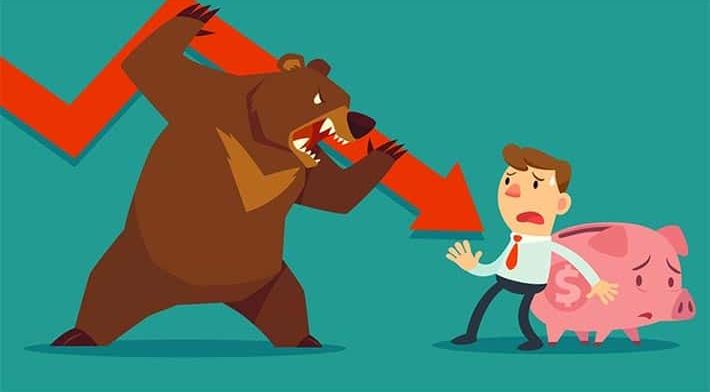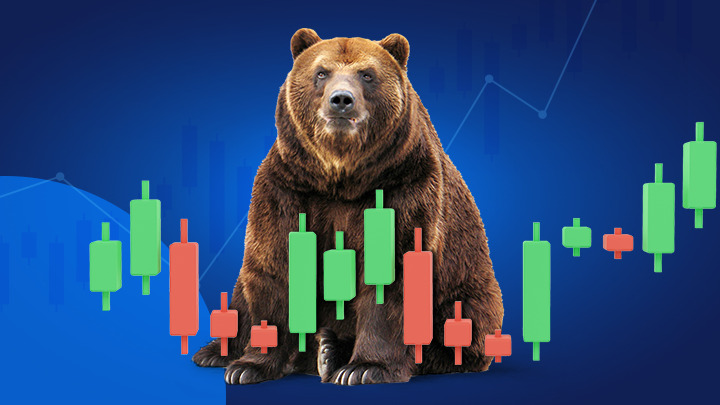Financial markets have proven to move in cycles, periods of time where prices chase after supply and demand zones, reaching higher or lower levels, respectively. In this article, we will be answering the “What is a bear market?” question, while the cryptocurrency market has been experiencing it during the last couple of months.
What is a bear market?
A bear market takes place when there is a significant increase in market supply and lower demand, bringing the asset (or assets) to explore lower price levels. Bear markets are not only a negative rebounce, as prices can drop continuously for months.
This cycle is often caused by negative fundamentals/news that encourage major holders to sell their shares or tokens, although it is completely normal for markets to experience a bear scenario when assets are overvalued.

How to protect your money during bear markets?
In the crypto market, the best decision is to keep your money in fiat currencies or stablecoins (USD/USDT) and use a percentage of your capital to buy at the lowest levels. Also, some traders wait for the highest demand levels to be reached to re-enter the market, in order to protect their money from further price drops.
But.. How to spot a bear market?
If the market has been experiencing a bull run for some time and prices start to lose resistance levels, this could be the signal traders are waiting to sell their tokens.
The base structure of a bear market consists of lower highs and higher lows, which means that there are more people selling than buying.
To identify market cycles, traders analyze the charts in daily, weekly and even monthly time frames, giving them a better look at the long-term situation of the market.

Should I buy during bear markets?
If you consider yourself a middle/long-term investor, bear markets are exactly the moment you wait to buy the cryptocurrencies you’re interested in. Buying during bear markets will make your gains even bigger when the assets you’re holding reach your target prices.
However, smart traders always follow a risk/reward plan to avoid big losses and maximize their earnings.
